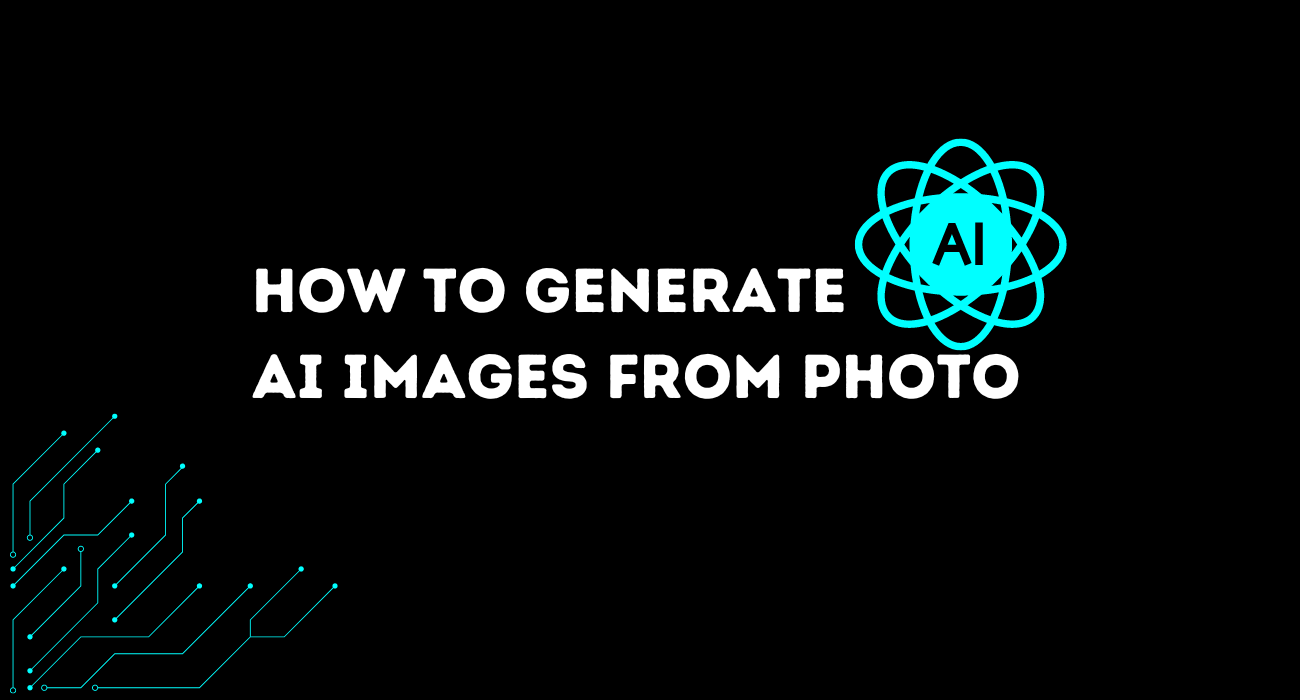How to generate ai images from photo
How to generate ai images from photo: AI image generation refers to the process of creating new images using artificial intelligence techniques, particularly deep learning algorithms. These algorithms are capable of learning the underlying patterns and structures present in a given dataset of images and generating new, visually similar images that exhibit similar characteristics. The technology behind AI image generation has made significant strides in recent years, leading to various applications across industries such as art, design, entertainment, and healthcare.
Technologies and techniques involved in AI image generation:
- Generative Adversarial Networks (GANs):
- GANs are one of the most popular frameworks for generating realistic images. They consist of two neural networks: a generator and a discriminator.
- The generator generates fake images from random noise, while the discriminator evaluates the authenticity of these images by distinguishing between real and fake.
- Through adversarial training, the generator learns to produce increasingly realistic images, while the discriminator becomes more adept at identifying fakes.
- GANs have been used to generate high-resolution images, create photorealistic artwork, and even generate deepfake videos.
- Variational Autoencoders (VAEs):
- VAEs are another type of generative model that learns to encode and decode images.
- Unlike GANs, which focus on generating realistic images, VAEs aim to learn the underlying distribution of the input data.
- VAEs consist of an encoder network that compresses input images into a latent space and a decoder network that reconstructs images from this latent space.
- VAEs are often used for tasks like image inpainting, where missing parts of an image are filled in, and image generation based on learned latent representations.
- Transfer Learning:
- Transfer learning involves leveraging pre-trained models trained on large datasets to generate new images.
- By fine-tuning these models on specific datasets or tasks, researchers and developers can generate images with specific characteristics or styles.
- Transfer learning has been used in style transfer, where the style of one image is applied to another, and in image-to-image translation tasks.
- Attention Mechanisms:
- Attention mechanisms, inspired by human visual attention, have been incorporated into generative models to focus on relevant parts of an image during generation.
- These mechanisms enable models to generate more coherent and contextually relevant images by selectively attending to important features.
- Neural Style Transfer:
- Neural style transfer is a technique that combines the content of one image with the style of another.
- By separating and recombining content and style features extracted from deep neural networks, it allows for the creation of images with the content of one image and the artistic style of another.
- Super-Resolution:
- Super-resolution techniques aim to increase the resolution and quality of low-resolution images.
- Deep learning models, such as convolutional neural networks (CNNs), are trained to predict high-resolution details from low-resolution inputs, resulting in sharper and more detailed images.

1 thought on “How to generate ai images from photo”
Comments are closed.